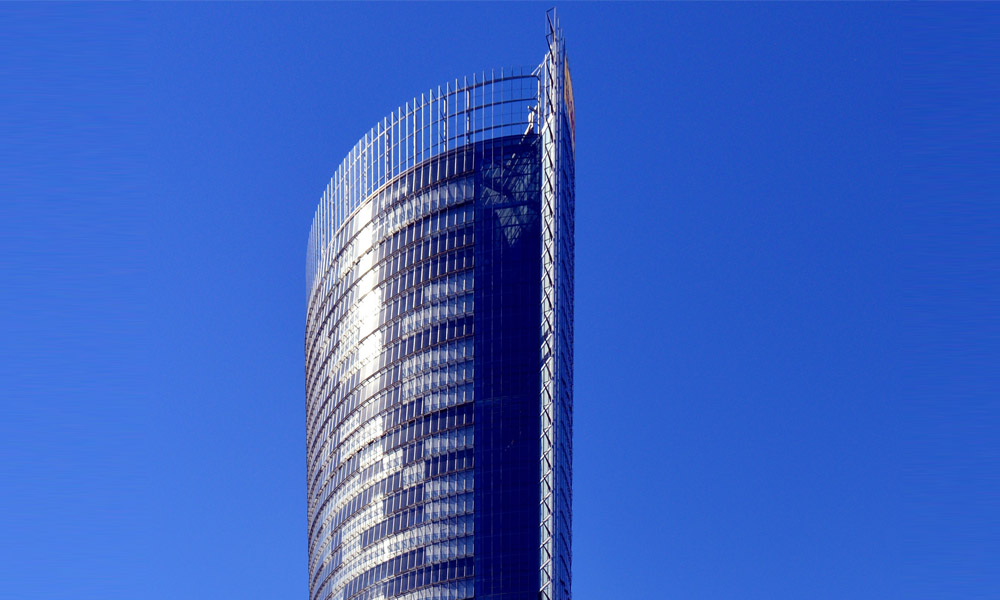

The Elegance of Float Bath Glass A Contemporary Choice for Modern Architecture
Float bath glass, a marvel of modern engineering, has revolutionized the way we perceive transparency and light in architectural design. This innovative glass-making process has not only enhanced the aesthetic appeal of buildings but has also contributed to energy efficiency and sustainability in construction. By understanding the intricacies of float bath glass, we can appreciate its significance in contemporary architecture.
The float glass production method, developed in the mid-20th century, involves melting raw materials such as silica sand, soda ash, and limestone. This mixture is heated to a high temperature, transforming it into molten glass, which is then allowed to float on top of molten tin. This unique process ensures that the glass is perfectly flat and uniform in thickness, which is crucial for various applications in architecture.
One of the key benefits of float bath glass is its clarity. Unlike traditional glass-making techniques that often produced imperfections, the float glass process yields a product that is highly transparent and free from distortions. This quality allows architects and designers to create expansive glass facades that invite natural light into interior spaces while providing unobstructed views of the surrounding landscape. Contemporary skyscrapers adorned with float glass have become iconic symbols of urban sophistication, reflecting both nature and human ingenuity.

In addition to its aesthetic benefits, float bath glass plays a pivotal role in enhancing energy efficiency
. Modern buildings are increasingly designed with sustainability in mind, and the choice of glazing materials can significantly impact energy consumption. Float glass can be treated with various coatings to enhance its thermal performance, reducing the need for artificial heating and cooling systems. Low-emissivity (Low-E) coatings, for instance, minimize heat transfer while allowing ample sunlight to enter, achieving a harmonious balance between light and energy efficiency.Furthermore, the versatility of float bath glass extends beyond mere aesthetics and energy savings. It can be utilized in a myriad of applications, from windows and doors to skylights and curtain walls. Architects often experiment with different thicknesses, tints, and coatings to achieve the desired effect for each project. The ability to customize float bath glass allows for innovative architectural expressions, making each building unique while meeting functional requirements.
Safety is another critical aspect of float bath glass. Given the increasing demand for heightened safety standards in building design, tempered and laminated float glass options provide added protection against breakage. These safety features are crucial in high-rise buildings, public spaces, and areas prone to extreme weather conditions, ensuring the safety of occupants and passersby alike.
In conclusion, float bath glass epitomizes the intersection of beauty and functionality in modern architecture. Its unparalleled clarity, energy efficiency, versatility, and safety features make it a preferred choice for architects and builders seeking to create noteworthy structures. As we continue to embrace innovative materials and sustainable practices, float bath glass stands out as a testament to the evolving nature of architectural design, shaping our built environment for generations to come. Through this glass, we see not just the world around us but a reflection of our aspirations for a brighter, more transparent future.